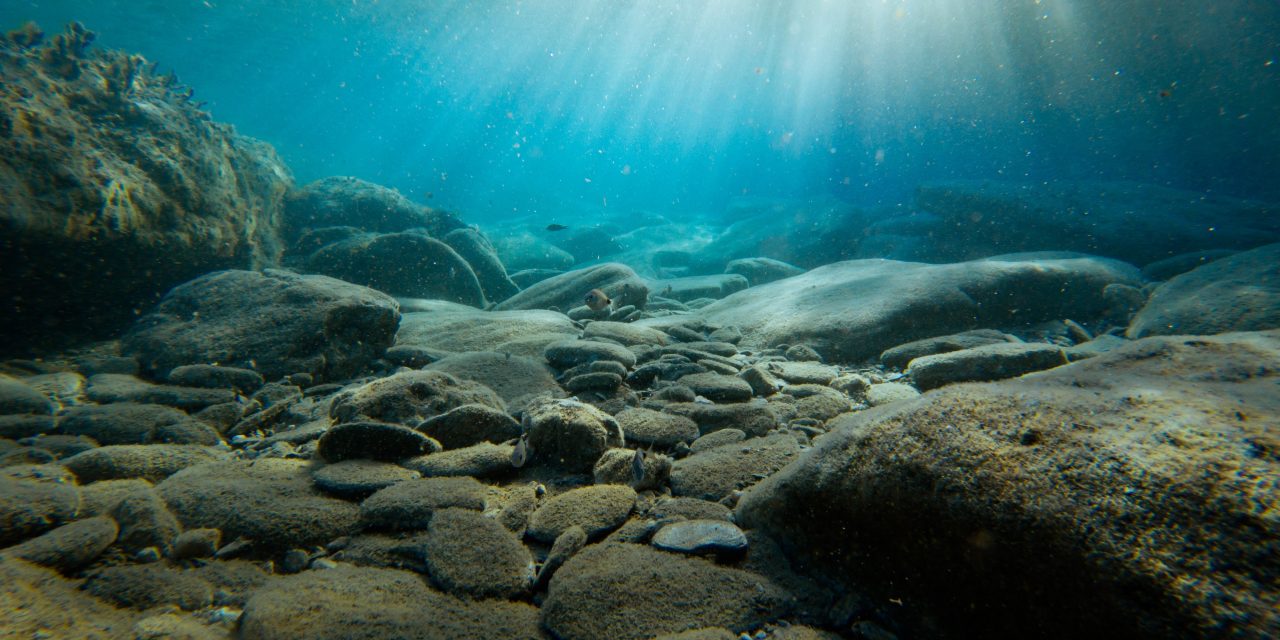Lighting control is a critical aspect in any form of photography, and underwater photography makes light control even more challenging. This is because water is about 800 times denser than air and tends to absorb light much faster. In order to advance your underwater photography, you need to have a proper understanding of the properties of water and their effects on light. It’s important to note that ambient light alone cannot produce the colorful and pleasing images you want in your underwater photography.
Understanding the basics of underwater lighting is easy though, so don’t feel intimidated. Successful underwater photographers have managed to perfect their art by constantly studying light and learning from new experiences and multiple experiments.
What to Keep in Mind
Depth: Water absorbs light in many ways that air does not. Light levels usually drop as you venture deeper into the water. It’s also important to note that the color red is absorbed way faster that blue, skewing the look of underwater landscapes and creatures the deeper you go.
Subject distance: Another defining property of water is that it decreases the contrast and sharpness in photos. So when photographing or filming underwater, you should always get as close to your subject as possible.
Weather and surface conditions: The brightest conditions underwater usually occur during sunny days when the surface is calm. However, choppy waters tend to reflect more light compared to calm waters.
Quality of Light Ideal for Underwater Photography
Your underwater exposure is created by the light from strobes, focus lights, dive lights and the sun. But regardless of its source, the quality of the light is usually dependent on a number of factors, which are:
Brightness: Taking underwater photos in low light is generally difficult. But low light can be great if you want to incorporate creative effects like creating motion and panning.
Light color: Red is usually absorbed at underwater depths of 15ft while yellow and green get absorbed at 40ft and 70ft, respectively. You’ll need specialty photography lights and likely filters to add these colors back into your photos.
Light softness: Hard light is a form light that’s strong and directional, which results in distinct shadows and strong contrast. On the other hand, soft light is diffused and comes from different directions to create soft shadows and less contrast. The amount of light softness experienced in the morning and late in the day, especially during sunny days, can be great for underwater photography.




